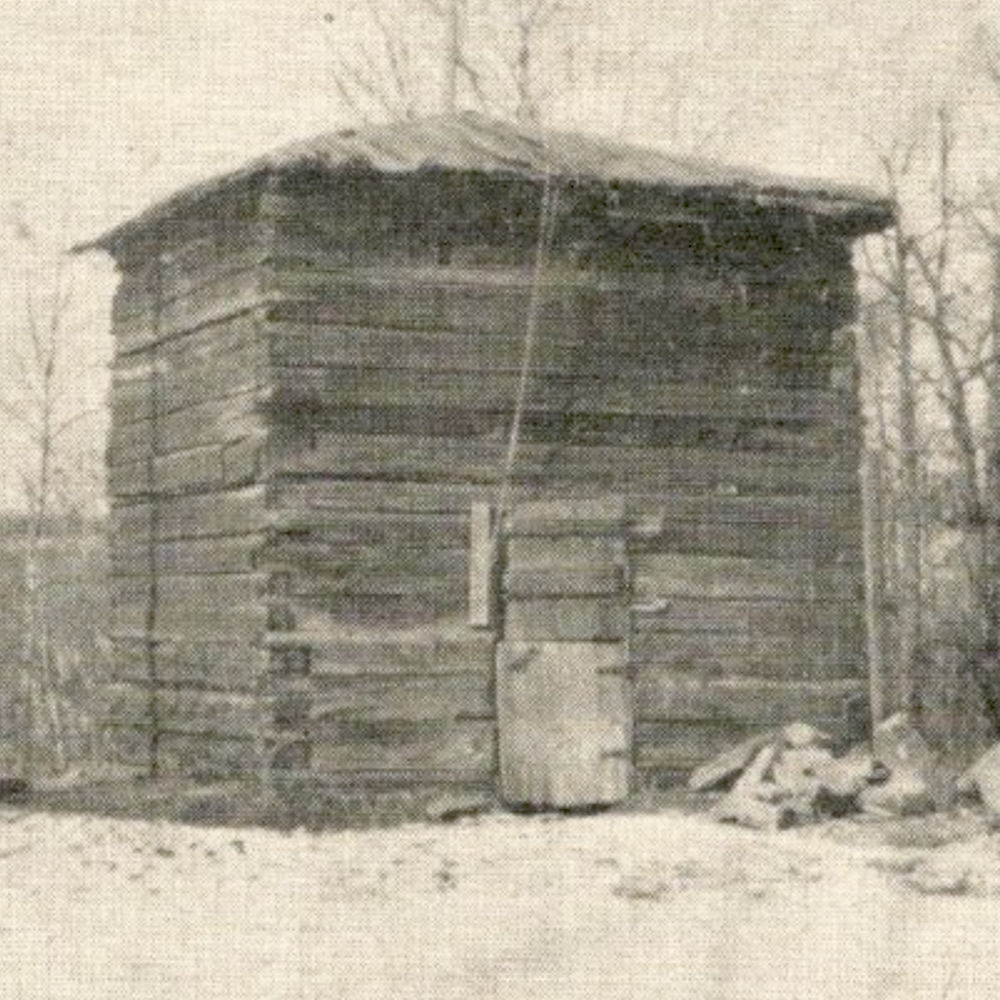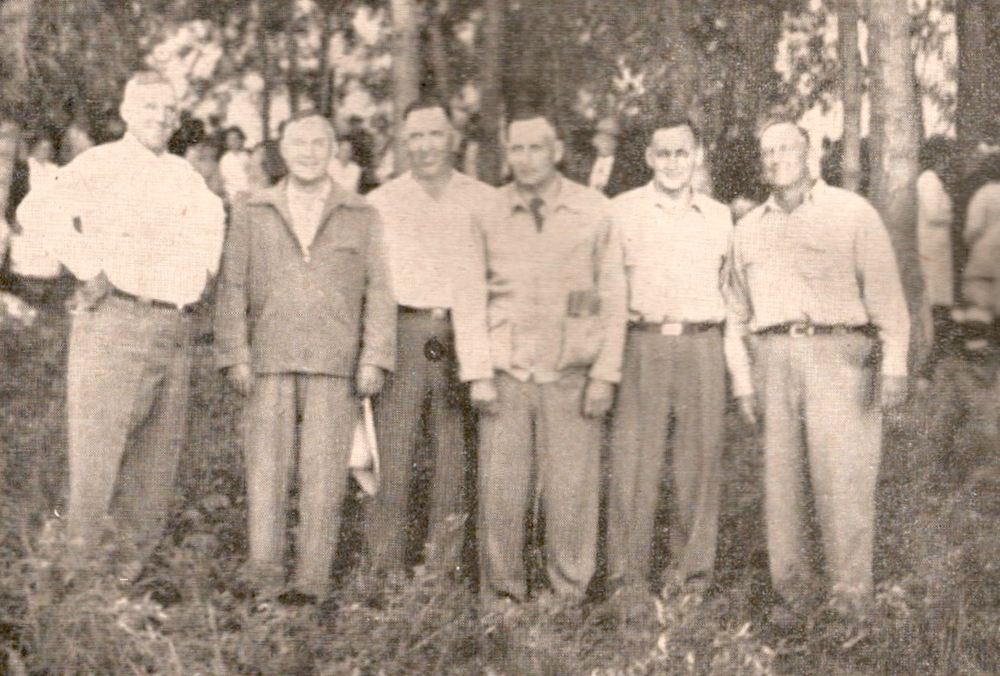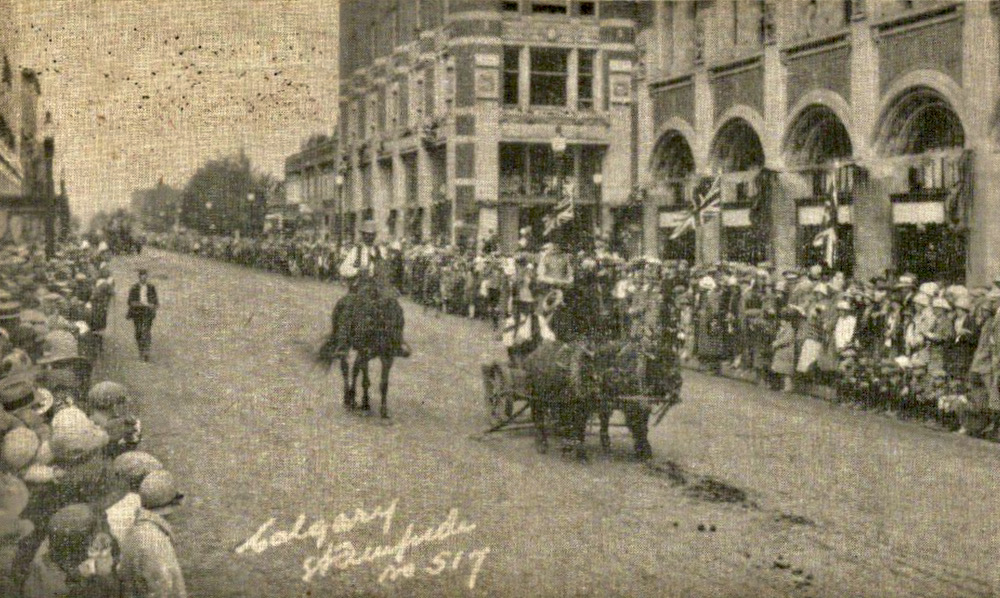Condemnation Removed
By Kenneth Coppock
The highly contentious and troublesome condemnation insurance deduction has been removed. The major packers on Monday, September 21 (1953) instructed their buyers no longer to make the deductions on any livestock purchased. It spread immediately throughout all markets across the nation and today Canadian producers find only the horn tax arbitrarily imposed upon them.
We congratulate the packers for the leadership they have provided in removing the ill-will provoking deductions and observe that it is now squarely the responsibility of the meat producers of Canada through their associations and in the case of cattlemen through their association and the Beef Council to organize and finance the nation-wide program to persuade the Canadian people to greater meat consumption for better health and to develop better public relations with consumers.
Read Also
History: Reminiscences of the North West Rebellion, 1885
Reminiscences of the North West Rebellion, 1885By Annie L. Gaetz ‘The seat of the North West Rebellion of 1885, was…
We say the meat industry advisedly because while the removal of the deduction on cattle amounts roughly to a half million annually for Canadian cattlemen, it amounts to nearly a million for the Canadian hog producers. Sheep producers never have been subject to the deduction. All, therefore, should now co-operate to bring about a better domestic market and public relations for the industry.
Briefly the history of the condemnation insurance deduction is as follows: The Meat Inspection Act was made effective across Canada on September 1, 1907. Under its terms inspectors were placed at “inspected” plants and had the authority to condemn any carcass or part which they deemed unfit for human consumption. As condemnations occurred it was argued between drovers and packers who should stand the loss. Finally, out of a meeting of drovers and packers in Toronto on January 16, 1912, came the plan calling for deductions of 20 cents per head on steers, heifers and bulls and 50 cents per head on cows with 1/2 of one per cent on the value of the animal on hogs. Later in 1912, the trade practice was extended to the West but in the case of cattle it became 1/2 of one per cent of the value of the animal. There were no deductions on calves in the East but calves became subject to the levy in the West. There was no charge East or West on sheep.
Cattlemen argued that the condemnation deduction practice did not take into account the tuberculosis eradication programs of the government and certainly did not recognize the general healthy condition of western range cattle. They also argued that the United States, where a highly organized cattle industry had developed, had not seen the necessity of the deduction, that the packer always bought the animal for what it was and if he was not too certain he bought “subject” anyway.
After a lull in the controversy for a decade the Western Stock Growers’ Association again raised the issue in 1939 and continuously debated the subject whenever the opportunity was presented. When the Council of Western Beef Producers was revived in the early ’40s, the subject was raised on a regional basis. The debate grew livelier until the packers saw the justice of the Western claims and on August 13, 1945 all packers levied the Eastern scale of deductions in the West. The 1/2 of one per cent charge was dropped. It was estimated that during the next six years that concession saved Western cattlemen $700,000 per year. They, however, were not satisfied that the principle was correct and advocated that the charge should be eliminated completely.
The September 1945 issue of this publication stated, “it is a concession in the right direction but it is no permanent solution to an ill-will provoking problem. The better health record of cattle in the West is still not fully recognized and no recognition is given to clean herds and clean areas. The packer buyer still buys the cattle beast for what it is and the price he pays takes into consideration such factors as finish or condition, possibilities of condemnation, probable dressing percentage and grade. The deduction is still a further reduction in the buying price which has already been arrived at to include all risks. It is hoped that the bad-will subject of condemnation insurance deduction will someday be entirely removed from our industry. There seems to be only one permanent solution and that is to remove it entirely.”
Then the National Council of Canadian Beef Producers, representing both East and West, after concluding a four-day session in Toronto from October 28, 1946, and after setting up a joint producer-packer committee of six with J.S. McLean, Canada Packer’s president as chairman, reported, “the Council is hopeful that the troublesome Condemnation Insurance Deduction program may be solved in a manner whereby it will no longer appear on the beef cattle producers’ account of sales, and condemnations will be absorbed by the packers in the price structure. If this should be done the way will then be cleared for the beef producers through their Council to raise their share of the large sums of money which will be needed for promotion of the beef product and the betterment of the industry.”
That was in 1946. Approximately seven years later the deduction has been removed not only on cattle but on all livestock. The packers have given leadership and it is hoped now that the general program, already initiated, of a voluntary deduction by the producer of five cents per head on cattle marketed will gain wide acceptance and momentum. The hog and sheep producers should also stir themselves and perhaps a “Canadian National Livestock and Meat Board” which has long been a dream by many may become a reality.
‘Our History’ is curated by former Canadian Cattlemen editor, Gren Winslow.















